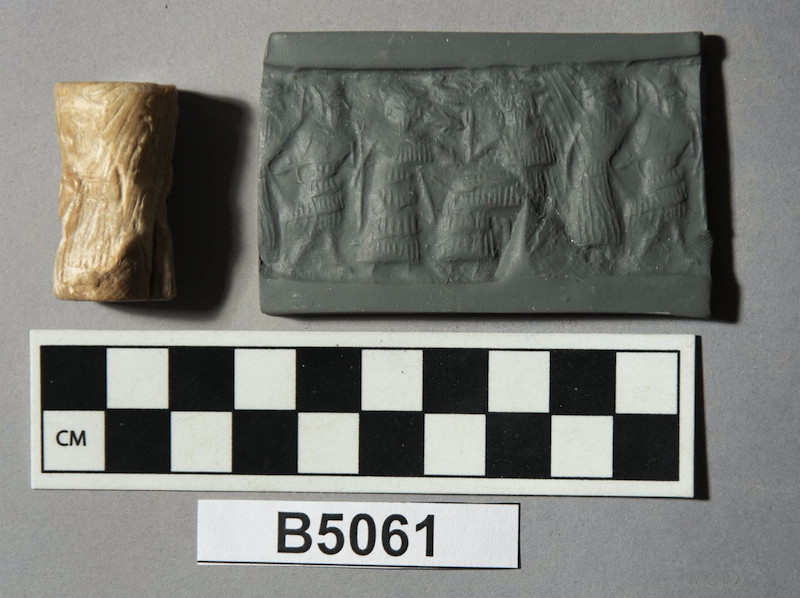
Thread: Allegedly, in the rural areas of Sardinia, killing of the suffering terminally ill people was still a common practice until the 1st half of the 20th century. The killing was done by Accabadora, a woman called in by the family of the ill person to help him die quickly... 

She would either strangle the dying person, suffocate him/her with a pillow, or kill him/her by striking the head with a special wooden mallet made from olive wood, called Malteddhu... 

"When I started doing research on this topic it was 1981. - explains Piergiacomo Pala, author of Anthology of Femina Agabbadòra and director of the Galluras Ethnographic Museum - Nobody wanted to talk about it. It was a real taboo"...
"Then, over time I was able to collect material and get to the truth. Accabadora was not considered a murderer, but only a "priestess" who put an end to a long and terrible suffering, in the agro-pastoral societies of Sardinia, where there were no medicines to relieve pain"...
"And where a dying person brought great economic hardship and great suffering for the whole family. Curiously, Accabadora, the person who helped people to die, was often also the village midwife, the person who helped people to be born"...
Alessandro Bucarelli, criminal anthropologist at the University of Sassari, investigated accabadoras extensively: "There are stories about accabadoras everywhere in Sardinia, it cannot be a myth"...
"The last two known mercy killings by accabadoras are recorded in Luras in 1929 and in Orgosolo in 1952. In Luras, the town's midwife killed a 70-year-old man. But she was not sentenced. The carabinieri, the Procurator and the Church agreed that it was a humanitarian gesture..."
The links to articles about accabadoras can be found in my article about the practice of ritual senicide (killing of old people) in European ethnographic and historical records oldeuropeanculture.blogspot.com/2017/02/lapot.…
• • •
Missing some Tweet in this thread? You can try to
force a refresh











